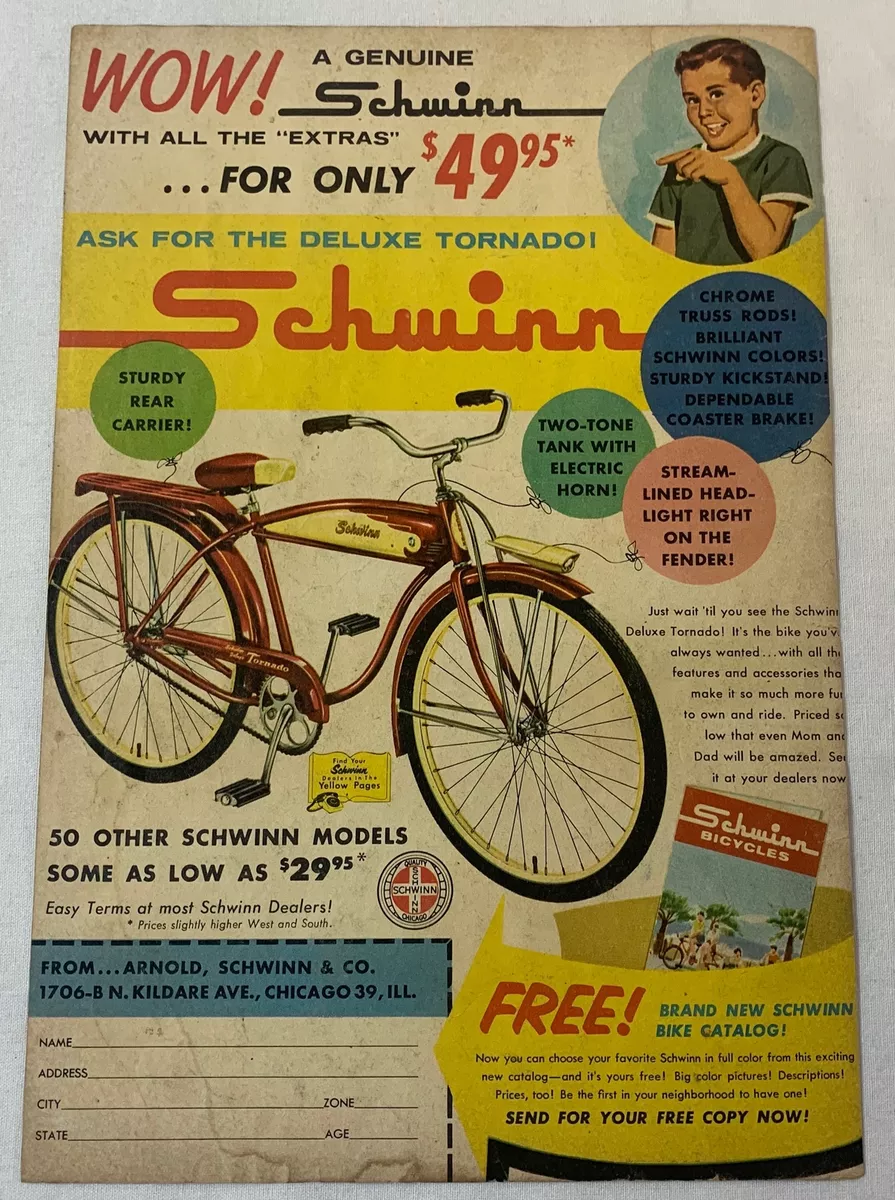San Francisco is home to many iconic sites - Lombard Street, which claims to be the most crooked street in America. With eight hairpin turns and a steep grade attracts its own fair share of tourists who what to drive, bike, or walk down this zigzag road. Let’s look at the birth of the iconic Lombard Street.
Prior to the 1920s, all of Lombard Street, was straight. At this time, The folks living on the street wanted to purchase cars just like their friends & family, but the street was too steep & no one wanted to live in a place that wouldn’t allow automobiles.
Lombard Street resident Carl Henry, a wealthy insurance & drug company executive. Henry owned several lots on Lombard Street as well as the land surrounding the street itself. He came up with the suggested making the street curve & turn back and forth so cars could travel down the steep street in the same manner as a horse would climb down a big hill - by going side to side.
Carl Henry was convinced that his idea for Lombard Street would work. Since Henry owned the land around the street, he got to work on the project. He envisioned the winding street to have a park-like feel to it. So, he first constructed a lily pond & planted a rose garden. He had planned to present the street & park to the city of SF as a gift. His plans stalled when he died unexpectedly. He left his widow with a mountain of debt and she was forced to sell the Lombard Street property to pay her creditors.
Peter Bercut, annoyed his neighbors by trimming their hedges & planting flowers along the street. Erosion was a problem as the hill was so steep & the flower beds washed out. Bercut hit upon the perfect solution when he was visiting his native France. In the 1940s, he filled Lombard Street with hydrangeas. The shrub held the soil in place, were low-maintenance, and very beautiful. When a travel photograph of Lombard Street, with its hairpin turns & bright, blooming hydrangeas, was published & made into a postcard in 1961, the unique street became a tourist attraction.
One of San Francisco’s most scenic streets & easily the most famous one, Lombard Street still remains one of the most visited and most photographed spots in the city.
-----------------------------------
Don't think people can drive down it now... I drove down it in the 80's. Had an old beat up f-100 long bed, w/289, headers, dual exh and glass packs. Probably why people can no longer drive down the street.

--------------------------------------------------------------------------------------------






















